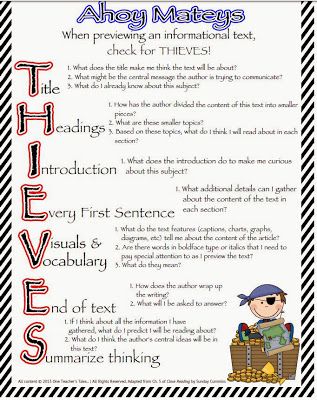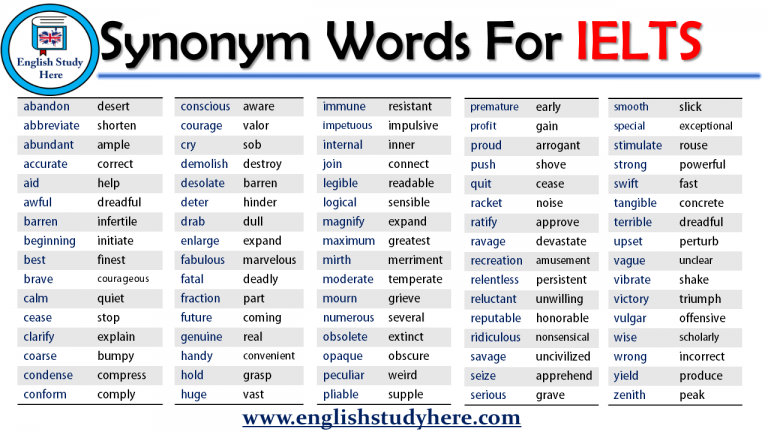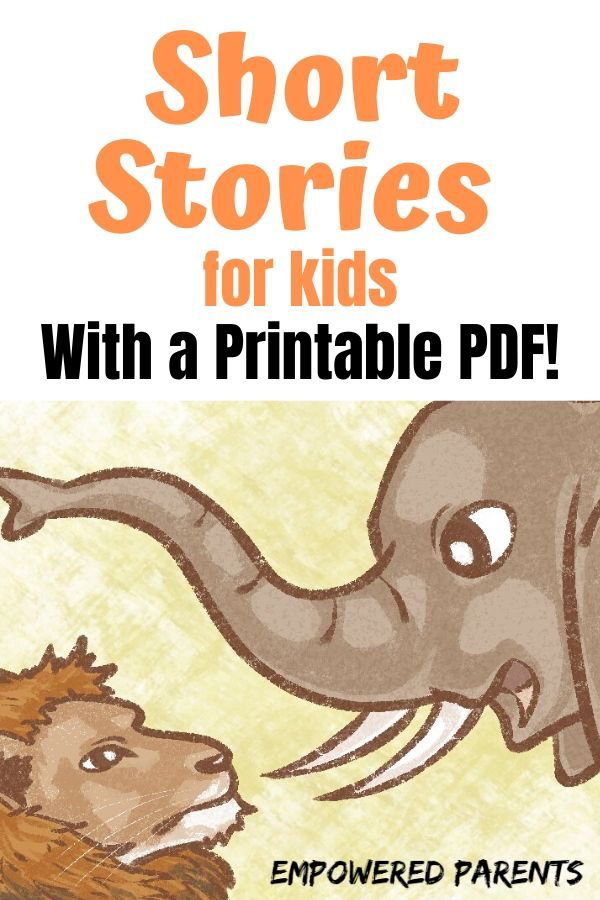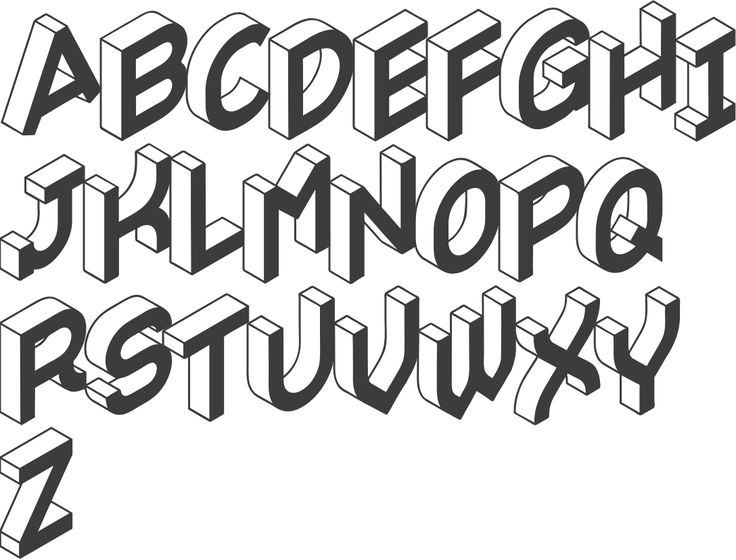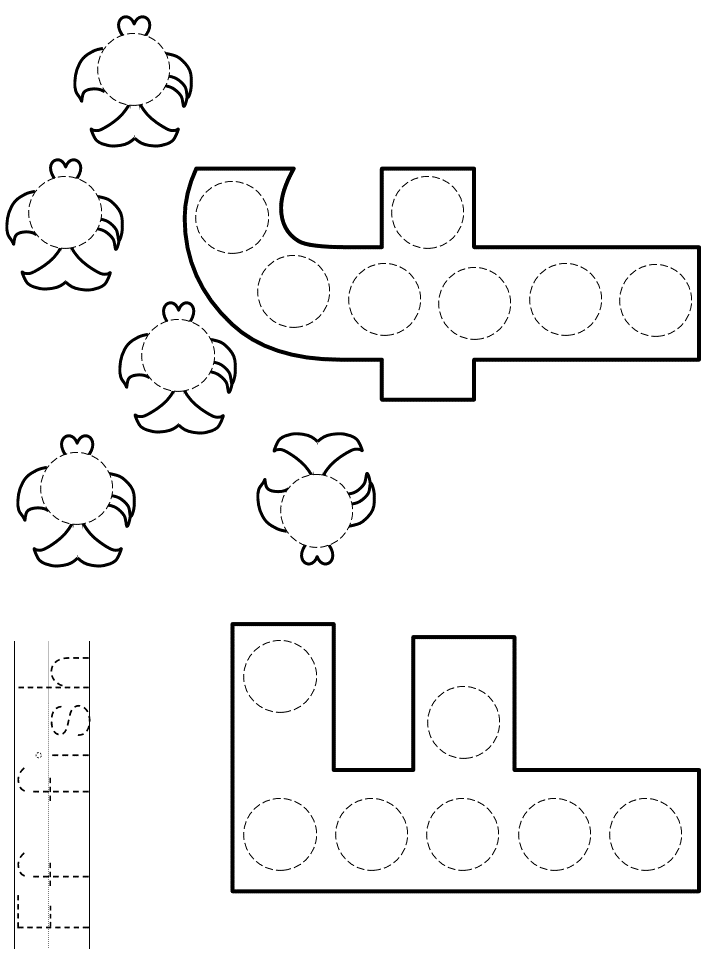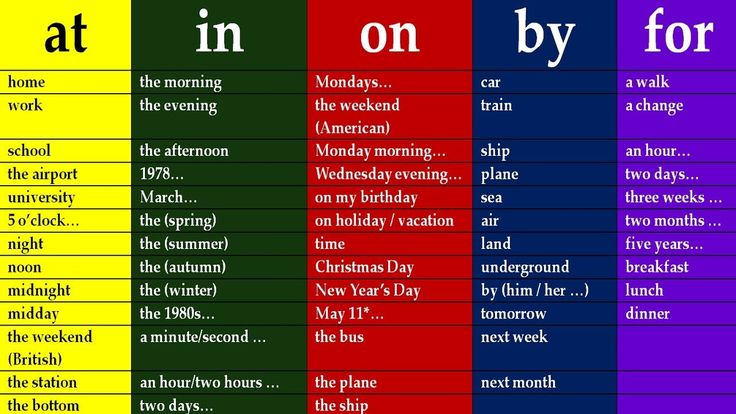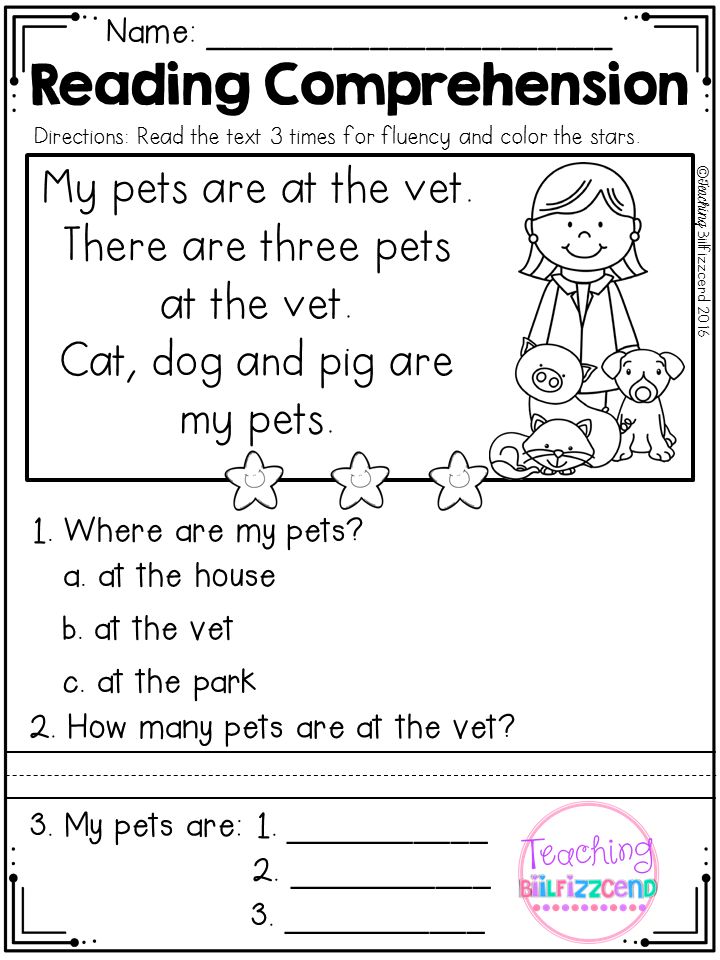Before reading strategies for elementary
Pre-Reading Strategies To Boost Kids’ Reading Comprehension
What Are Pre-Reading Strategies?
Pre-reading strategies are learning approaches designed to help give your child structure, guidance, and background knowledge before they begin exploring a new text.
These strategies target your child’s reading comprehension skills by giving them the tools they need to become active, successful readers.
By activating the knowledge your child already has about certain subjects, learning how to utilize context clues, and talking with you about the book, they’ll be on their way to reading and writing scholarly essays in no time!
Basic Pre-Reading Strategies
As the name suggests, pre-reading strategies are used before you begin reading a book with your child. There are a few main strategies you can use to help your child prepare to dive into any story. Let’s take a look!
Previewing
By this, we don’t mean Googling the movie-adaptation trailer (although that might be a fun way to compare and contrast the text later on!).
Previewing means letting your child gather clues — from the book’s title and cover illustrations, inside illustrations, and maybe the table of contents for older children — to try to figure out what might happen or what they might learn in a book they are about to hear or read.
Purpose
If you have time, it’s always great to put aside a moment for mindfulness before reading with your child. Talk with them about what reading goals they still want to achieve.
Do they still need help with longer words (pronunciation)? Do they want to work on their character voices (expression)? Getting their input will help you both come together to set a goal — or purpose — for your reading time.
Predictions
Using the resources available to your child, see if they can make predictions about what might happen in the story before they get a chance to read anything.
What information can they gather just using the title, cover, and illustrations? Then you both might continue predicting as the story unfolds.
8 Pre-Reading Activities To Try At Home
1) Speaking In Questions
This is a fun activity that helps your child become more insightful about the text they’re reading while letting them be silly, too! The goal here is for your child to investigate the things they want to know, might know, or aren’t sure about just by looking at the cover of the text.
We know you probably use the question-and-answer format quite a bit in your reading routine, so this offers your child a nice change of pace. Instead of you asking the questions, they get to ask, too!
These questions can be silly or straightforward. For example, if you’re reading Goldilocks and The Three Bears, you could start the question conversation by asking your child, “Why do you think her name is Goldilocks?”
Your child might ask back, “Why do these bears live in a house?” See how many questions you can come up with.
It’s OK if these questions are not answered right away. Most of them will probably be answered once you’ve finished reading the book! Any that go unaddressed can always be answered afterward.
2) K-W-L-H Chart
This pre-reading activity was invented and made famous by Donna Ogle back in the 1980s. The different letters in K-W-H-L charts represent different tasks for your child to complete with you.
The “K” column is reserved for things your child already knows about the subject of a book or its story. The key here is activating and then reflecting on their prior knowledge. For example, if they’re reading Charlotte’s Web, what do they already know about pigs and spiders?
The “W” category is for what your child wants to know about the story. What are they curious about?
The “L” (what they learned from the story) and “H” columns (how they can find out more ) are reserved for discussing after you’ve finished reading.
The last row, how they can find out more, is more important in nonfiction than fiction — although after reading Charlotte’s Web, you could find out more about spiders by seeking out a nonfiction book.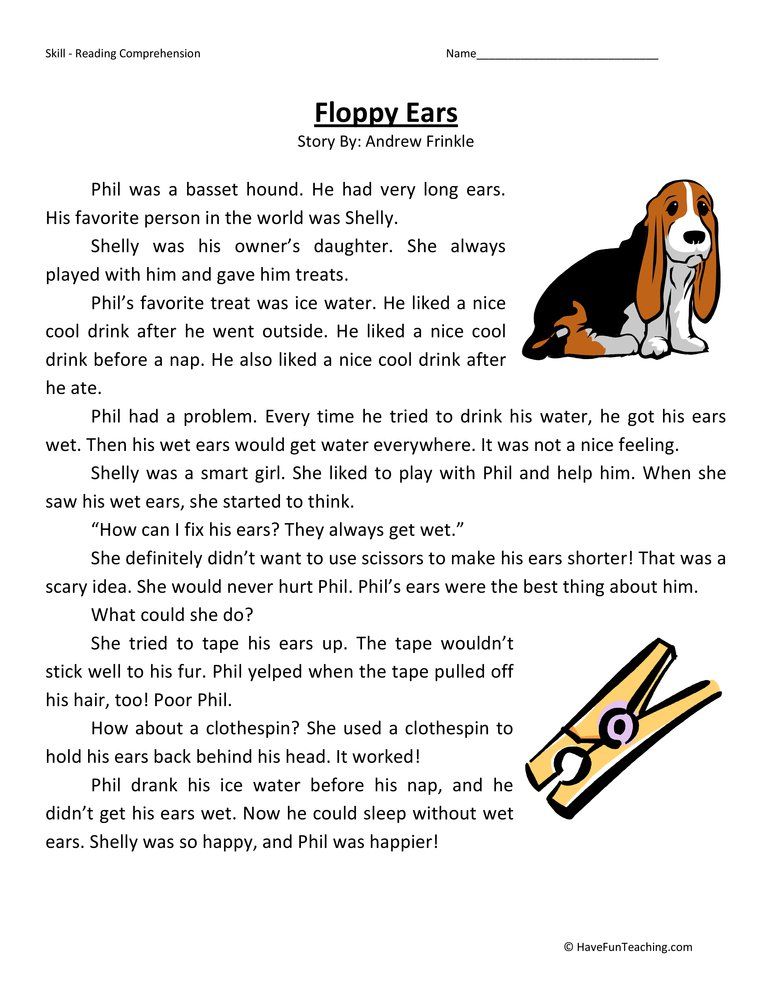
While this exercise is traditionally completed by writing their answers down on a chart, we think it’s more fun to get physical with it!
For example, you could make a book review video to share with family members! First, challenge yourselves to come up with at least six Ks and 6 Ws, three from each of you.
Next, make a video that begins by naming the book you are reading, followed by announcing the things you know and the things you want to know. When you are finished with the book, video what you learned and where you can go to learn more.
You can even create a special book-video library of your KWLH experiences!
3) Pre-Teach Vocabulary
If you know that the book you’ll be reading together will challenge your child’s current reading skills, consider teaching them a handful of the more challenging words ahead of your reading time.
We love a good old-fashioned game of (reverse) Charades for this pre-reading activity. To start, you might write out the word you want your child to learn on a large sheet of paper. Make sure to use bold, thick letters!
Make sure to use bold, thick letters!
Then, try and act out the definition of the word for your child. Based on your impeccable acting skills, they can guess the definition of this new word!
4) Pre-Teach Themes
Many children’s books set out to teach children more than new words. They usually have moral lessons embedded in their pages as well.
For example, themes might include things like the power of friendship in Charlotte’s Web or courage in a book about Martin Luther King, Jr.
To get your child’s mind focused on the theme of the book, you could prompt them by discussing the same moral lesson. See what their initial opinion is about it. Do they have a strong sense of it already, or do they want to learn more?
Reading the book can either confirm or change their opinion. And then you have something to talk about when you’re finished reading!
5) Word Bingo
This game is another great option for getting your child’s mind prepped to learn vocabulary or to brush up on sight words they need a little extra help with.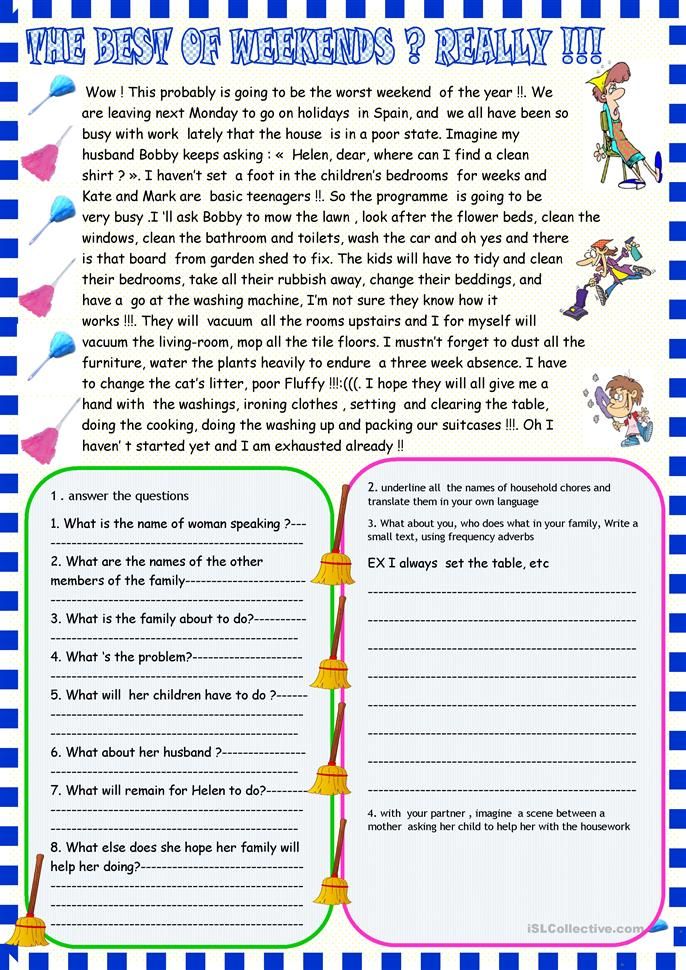
If you’d like to try this pre-reading activity, create a Bingo sheet for each of you using words from the text before your reading time. Every time you or your child hears or sees a word that matches one on your sheet, place a sticker on it.
The first one to yell out, “Bingo!” wins.
6) Sentence Obstacle Course
This pre-reading activity is great for encouraging your child’s comprehension and sentence formulation. The stronger grasp they have on learning how to construct words into sentences, the faster they’ll adjust to the flow and structure of stories.
For this exercise, we suggest writing down several words on individual sheets of paper. Make sure you include all the components of a typical sentence — nouns, adjectives, objects, and verbs. Only include one word per piece of paper.
Next, scatter the words on the ground. We suggest adopting the “the floor is lava” rule! Your child will need to hop to different words to combine them into a sentence.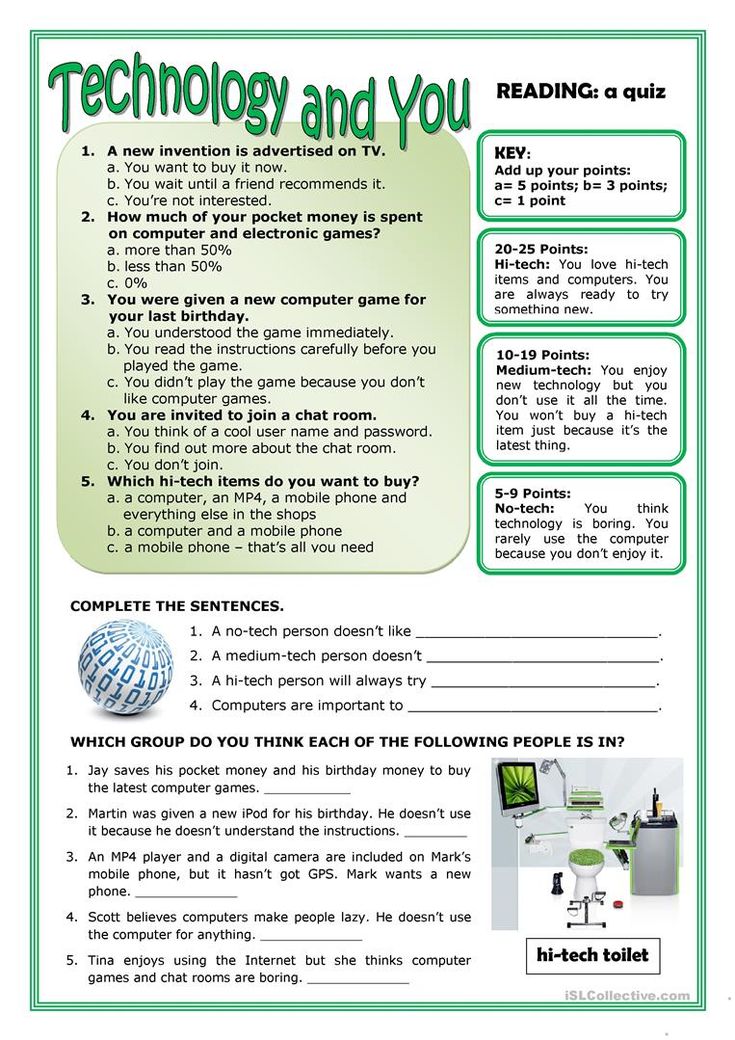
For example, they could “write”: The (jump) cat (jump) is (jump) red. If you want them to work on their punctuation, you could include that, too!
7) Anticipation Vs. Reality
This method will help take some of those preliminary questions you and your child came up with and figure out what happens in the end!
For this game, you can play while reading or beforehand. If you want to make guesses about what will happen in the story before reading, make sure you jot them down on a piece of paper to keep track of who made the most correct guesses.
If you want to play during the story, you can ask questions to prompt your child before turning to a new page. For every correct guess they make about what happens next in the story, they earn a tally point.
The goal is for your child to get as many points as they can!
8) Origin Story
For children who seem to show an interest in history, this might be the perfect pre-reading activity.
There are so many things you can learn from books just from discovering a little bit about their backgrounds.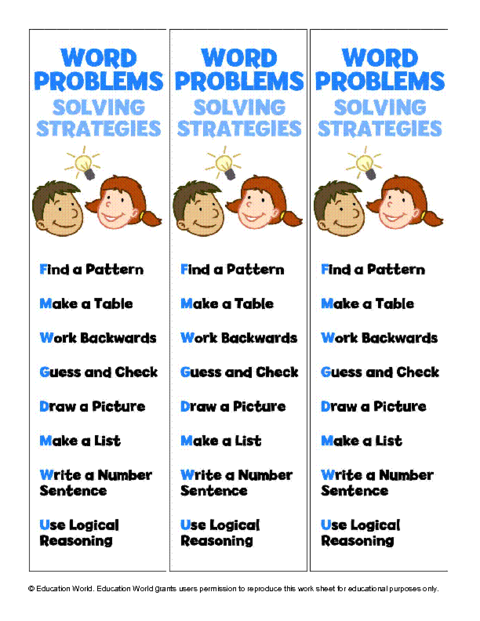 For example, tons of writers pull from their real lives for inspiration to write their books.
For example, tons of writers pull from their real lives for inspiration to write their books.
Finding out about an author’s life in the author’s blurb and maybe even searching out more information either before or after reading can be a learning adventure all on its own!
To do this activity, work with your child to see what you can find out about the story you’ll be reading (without spoiling the ending!). What you can learn based on the author, where they are from, where the story is based, its historical period, and its subject matter?
This helps your child build additional knowledge and gets them prepared for the story ahead!
Pre-Reading Strategies For The Win
Pre-reading strategies are all about getting your child prepared for the reading journeys to come. We hope these eight ideas will help you both have interesting, exciting conversations about books and where they can take you!
And if you ever need a little helping hand in the meantime, check out our personalized Learn & Grow App for reading exercises and adventures that will keep your child entertained, energized, and learning!
Author
Classroom Strategies | Reading Rockets
Strategy focus
AnyComprehensionFluencyPhonicsPhonological awarenessPrint awarenessVocabularyWriting
B/D/A
AnyBefore readingDuring readingAfter reading
Especially helpful for
AnyAcademic languageDecoding / encodingGrammarEnglish learnersOrganizing ideasSelf-monitoring
| Strategy | Focus | B/D/A | Template |
|---|---|---|---|
| Alphabet Matching | Phonics | ||
| Anticipation Guide | Comprehension |
| |
| Audio-Assisted Reading | Fluency |
| |
| Blending and Segmenting Games | Phonological awareness | ||
| Choral Reading | Fluency |
| |
| Concept Maps | Comprehension |
| |
| Concept of Word Games | Phonological awareness |
| |
| Concept Sort | Comprehension |
| |
| Descriptive Writing | Writing | ||
| Dictation | Writing | ||
| Directed Reading Thinking Activity (DRTA) | Comprehension |
| |
| Elkonin Boxes | Phonological awareness | ||
| Exit Slips | Comprehension |
| |
| First Lines | Comprehension |
| |
| Framed Paragraphs | Writing | ||
| Inference | Comprehension |
| |
| Inquiry Chart | Comprehension |
| |
| Jigsaw | Comprehension |
| |
| List-Group-Label | Vocabulary |
| |
| Listen-Read-Discuss (LRD) | Comprehension |
| |
| Matching Books to Phonics Features | Phonics |
| |
| Onset-Rime Games | Phonological awareness | ||
| Paired (or Partner) Reading | Fluency |
| |
| Paragraph Hamburger | Writing | ||
| Paragraph Shrinking | Comprehension |
| |
| Partner Reading | Comprehension |
| |
| Persuasive Writing | Writing | ||
| Possible Sentences | Vocabulary |
| |
| Question the Author | Comprehension |
| |
| Question-Answer Relationship (QAR) | Comprehension |
| |
| RAFT | Writing | ||
| Reader’s Theater | Fluency |
| |
| Reading Guide | Comprehension |
| |
| Reciprocal Teaching | Comprehension |
| |
| Revision | Writing | ||
| Rhyming Games | Phonological awareness | ||
| Semantic Feature Analysis | Vocabulary | ||
| Semantic Gradients | Vocabulary | ||
| Sentence Combining | Writing | ||
| Shared Reading | Fluency |
| |
| Story Maps | Comprehension |
| |
| Story Sequence | Comprehension |
| |
| Summarizing | Comprehension |
| |
| Syllable Games | Phonological awareness | ||
| Think-alouds | Comprehension |
| |
| Think-Pair-Share | Comprehension |
| |
| Timed Repeated Readings | Fluency |
| |
| Transition Words | Writing | ||
| Visual Imagery | Comprehension |
| |
| Word Hunts | Vocabulary |
| |
| Word Maps | Vocabulary | ||
| Word Walls | Vocabulary |
| |
| Writing Conferences | Writing |
what it is, teaching the skill of analytical reading
Ways of reading
Putting syllables and reproducing words - what could be easier? Even 3 year olds can do it! But it turns out that if you want to get new knowledge and experience from reading, this is not enough.
In 1940, the American educator and philosopher Mortimer Adler wrote a work called How to Read Books. A Guide to Reading Great Works. Dr. Adler did research and found four ways to read:
- Elementary. We get this skill in elementary school: we just read the words, understand their meaning and follow the main plot.
- Inspection. Reading with a sliding glance, when you look at the beginning of the page, then go to its end, trying to catch the key points along the way and understand the flow of the author's thought. So often read on the Internet.
- Analytical. Slow attentive reading with immersion in the text and its analysis. The task is to fully understand and assimilate the ideas presented. nine0010
- Research. It involves reading several books on the same topic at the same time in search of confirmation or refutation of a theory. Mainly used by writers and scientists.
Teaching analytical reading
Source: freepik. com / @wayhomestudio
com / @wayhomestudio
Let's try to learn analytical reading, because it is necessary for successful study (the inspection method sometimes also helps, but this is a topic for a separate article). nine0005
1. Create conditions for analytical reading
If fiction can be read on "autopilot", then serious texts require concentration. Our recommendations:
- find a quiet place where you can read without distractions;
- Turn off any gadgets that might interfere with your slow and thoughtful reading.
<
2. Prepare for analytical reading
Before you start working on the book (and analytical reading is just work), find out a little about the author. Who is he? When he wrote this work, what prompted him to do so? Agree, a monograph from a doctor of science is more credible than from an amateur historian. nine0005
Spend a few minutes reading:
- Study the contents.
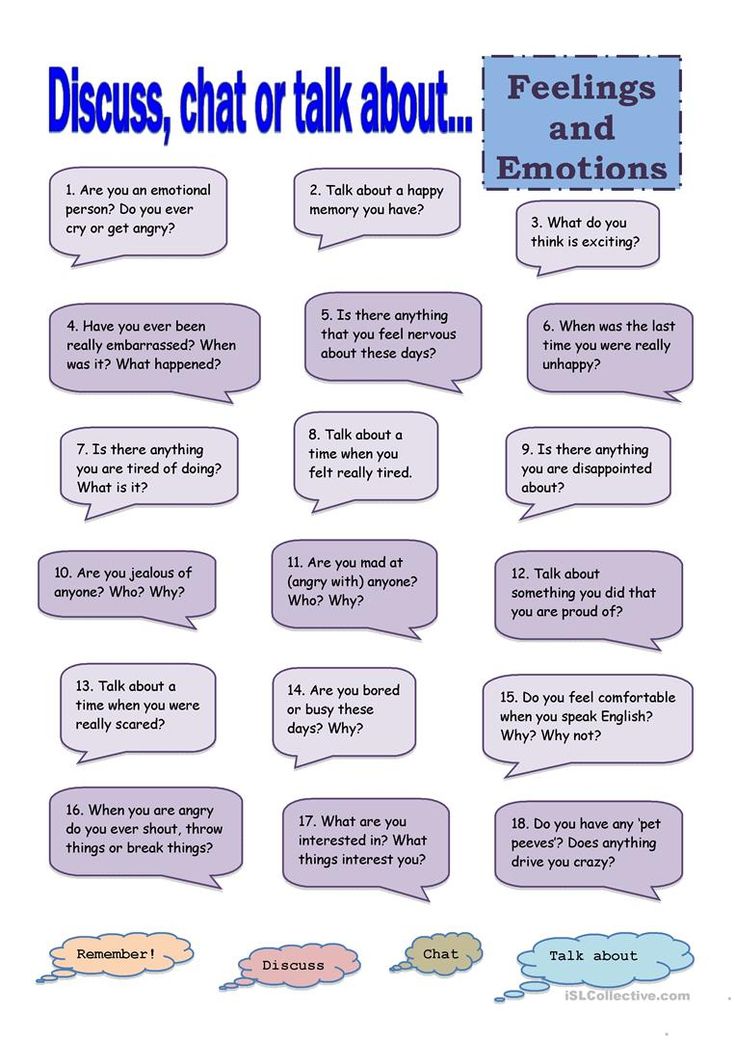 Try to understand from it what knowledge you will gain in the process of reading.
Try to understand from it what knowledge you will gain in the process of reading. - Read the abstract and preface. If you have any questions, be sure to write them down. After finishing analytical reading, you will understand whether the author has given answers.
3. Start a commonplace book
Source: blog.tombowusa.com/
Commonplace book is a notebook or diary for notes, quotes, any excerpts from books. As you read, write down what brings you a sense of enlightenment and inspiration. So you dive deeper into the topic and get the quintessence of meaning in the final. nine0005
Do you prefer e-books? All the better! In modern "readers" it is even easier to select text than on paper. In addition, taking notes when working with e-books helps to avoid the trap of inspection reading.
Information on the screen we are accustomed to look at quickly. The gaze sometimes automatically jumps from line to line, skipping entire paragraphs. The installation on each page to find and highlight the main thing teaches you to more thoughtful and measured analytical reading of digital texts. nine0005
nine0005
4. Expand your vocabulary
Reading books in a foreign language, we check the dictionary every now and then. Otherwise, the meaning is lost - nothing becomes clear. But when reading in Russian, few people turn to Dahl or Ozhegov. We simply skip unfamiliar words, trying to catch the essence of the context.
But in vain! If the author has chosen some complex word, it means that it most accurately conveys the essence.
Study the etymology of unfamiliar words, write them down and memorize them. This is where the commonplace book comes in handy again. When forming the skill of analytical reading, try to understand why this or that word is used in the text. nine0005
5. Be critical of the text
Reading is more of a conversation than a lecture. And analytical reading also involves continuous analysis.
Ask questions about the content, don't be afraid to mentally argue with the author. If you come across a difficult passage, stop reading. Check an encyclopedia or other source for clarification, then go back to the book. You should not have dark places in the studied material.
Check an encyclopedia or other source for clarification, then go back to the book. You should not have dark places in the studied material.
Turn reading from passive consumption into an active intellectual process. nine0021 Interact with the material, have an internal dialogue, then you will be able to remember much more.
6. Write a short summary of what you have read
After completing the book, write a short report reflecting your main impressions and knowledge gained. Items might be:
- What is this book about? A few sentences about the main meaning of the work.
- What happened and why? Make a short outline of the book or draw an outline of the plot. nine0010
- What is your attitude to what you have read? Do you agree with the author's opinion or consider it erroneous?
- What conclusions did you draw from what you read? Record everything that you could learn from this book for your development.
Such summaries are especially good when you read several books on the same topic.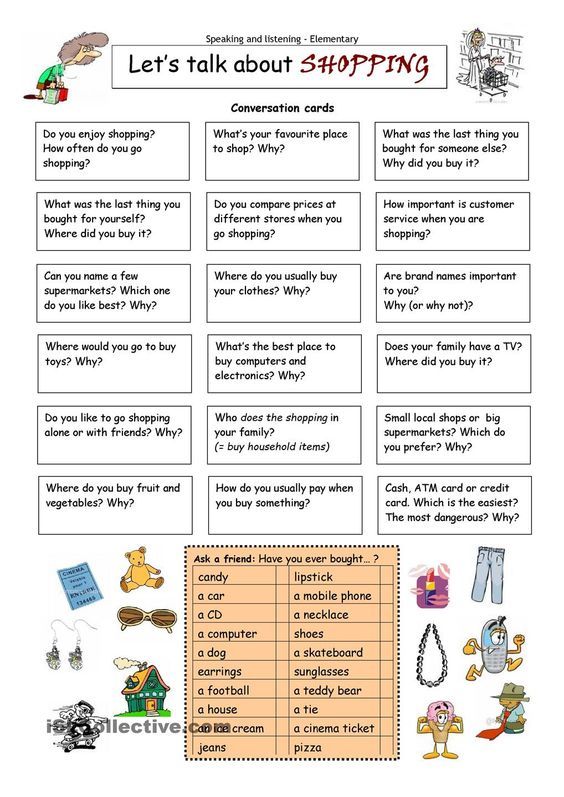 This allows concepts to be compared and critical judgment to be improved.
This allows concepts to be compared and critical judgment to be improved.
It is useful to reread your annotations to books from time to time. Writer Ramit Seti recommends an interesting technique: every 4-6 weeks, he sets aside 40 minutes to revise his notes on books and articles. At the same time, he selects those notes that fit on the topic to what he is currently working on. nine0005
Some books are easy enough to try, others you want to swallow in one fell swoop, and there are those that take a long time to chew and digest.
Francis Bacon
Perhaps the analytical method of reading will seem tedious to you. It really takes quite a lot of time. But you can be sure that you will get the most out of every book you read. nine0021
Methodology for Analyzing Industries and Competitors, Michael Porter - LitRes, page 2
Introduction to the first edition
Any firm operating in an industry has a competitive strategy, formulated or spontaneous.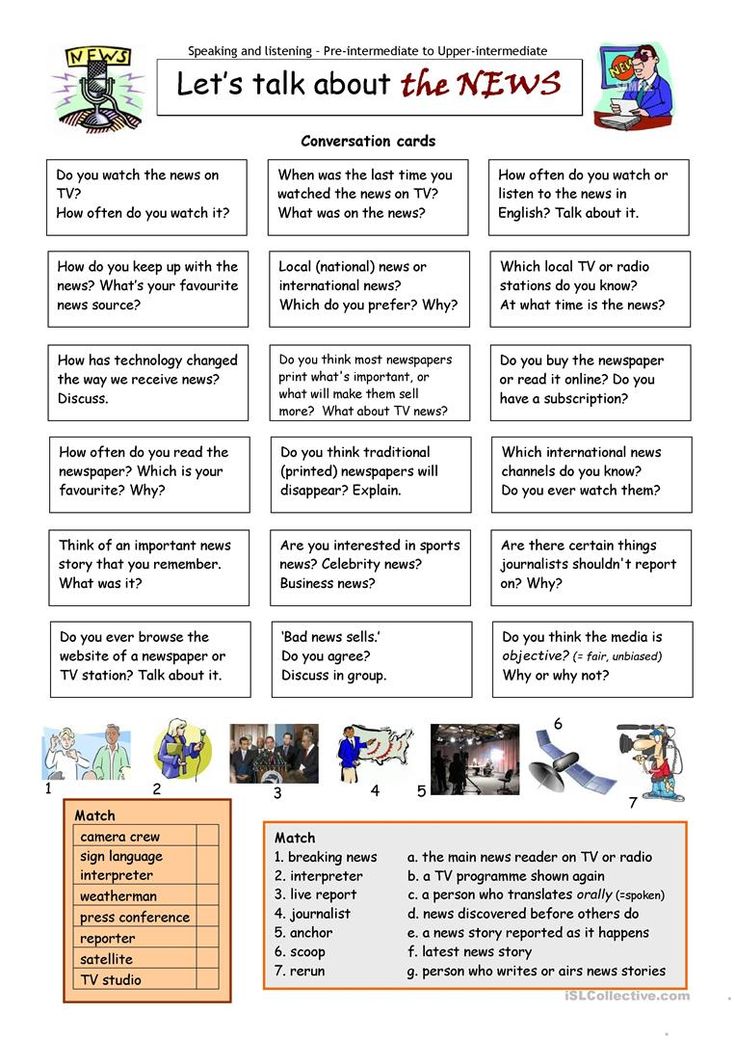 This strategy can be developed on a planned basis or arise spontaneously in the course of the activities of various functional divisions of the company. Solving its own tasks, each unit will inevitably apply approaches dictated by its professional specifics and the motives of those responsible for them. However, the sum of these individual, highly specialized approaches is unlikely to represent the best strategy. nine0005
This strategy can be developed on a planned basis or arise spontaneously in the course of the activities of various functional divisions of the company. Solving its own tasks, each unit will inevitably apply approaches dictated by its professional specifics and the motives of those responsible for them. However, the sum of these individual, highly specialized approaches is unlikely to represent the best strategy. nine0005
The current focus on strategic planning in firms in the United States and other countries is based on the assumption that careful formulation of strategy brings significant economic benefits, if only by coordinating the policies (if not actions) of the firm's divisions and orienting it towards achieving some overall set of goals. As a result of the increased interest in formal strategic planning, issues that have long been faced by managers have come to the fore again. What forces determine competition in my industry or industries I intend to enter? What actions can competitors take and how best to respond to them? What is the future direction of my industry? How to best position a company to compete successfully in the industry for many years? nine0005
However, the focus of formal strategic planning processes has been on asking these questions in an organized and well-organized way, not on getting answers to them.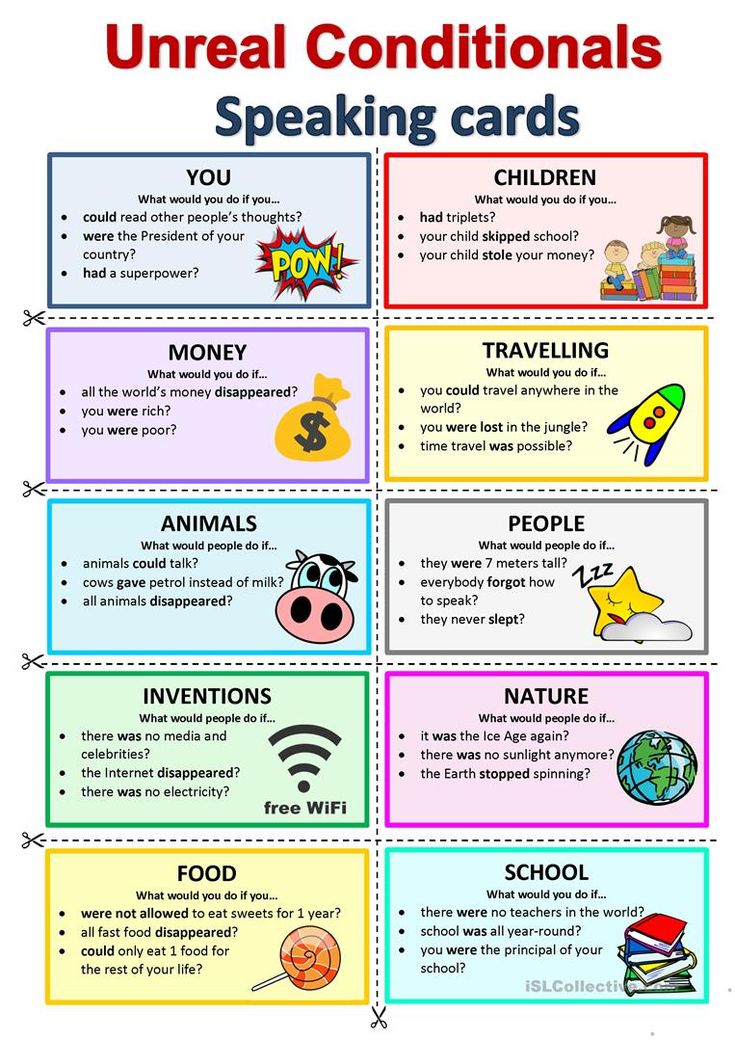 The methods that have been proposed, including by consulting firms, to find these answers have either looked at a diversified company rather than an industry perspective, or have taken into account any single aspect of industry structure, such as cost dynamics, which in no way can reflect the richness and complexity of competition in an industry. nine0005
The methods that have been proposed, including by consulting firms, to find these answers have either looked at a diversified company rather than an industry perspective, or have taken into account any single aspect of industry structure, such as cost dynamics, which in no way can reflect the richness and complexity of competition in an industry. nine0005
The book presents a comprehensive system of analytical methods to help a firm analyze and forecast an industry as a whole, understand all industry competitors and their position, and translate this analysis into a competitive strategy for a particular business. The book consists of three parts. Part I presents a general methodology for analyzing the industry structure and competitors operating in the industry. The conceptual basis of this technique is the analysis of the five competitive forces operating in the industry and their strategic premises. It outlines methods for analyzing competitors, buyers and suppliers; methods of perception of market signals; elements of game theory used for competitive actions and responses to them; graphical analysis of strategic groups in the industry and the study of differences in the results of their activities; as well as a method for predicting possible directions for the development of the industry.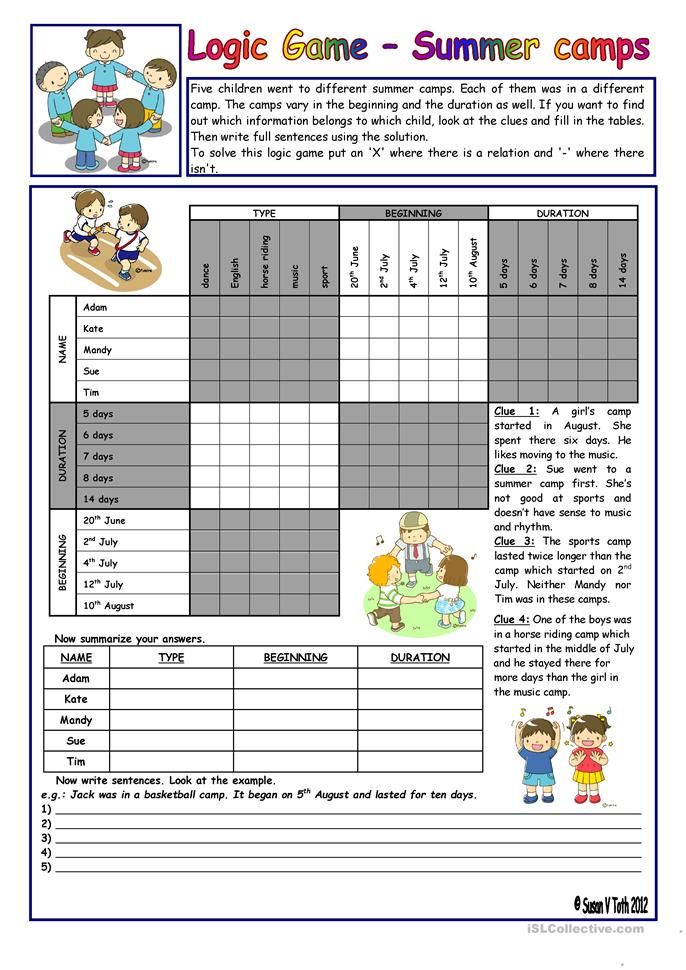 nine0005
nine0005
Part II shows how the analysis methodology described in Part I can be used to develop a competitive strategy in the specific context of critical industries. These conditions reflect major differences in concentration, industry maturity, and the extent to which the industry is exposed to international competition. The difference in conditions plays a decisive role in determining the strategic context in which enterprises compete, possible strategic alternatives, as well as common strategic mistakes. Part II deals with industries that are lightly concentrated or comprised of small enterprises, new industries, industry transition to a higher level of development, industries in recession and the globalization of industries. nine0005
Part III completes the analysis by systematically examining the most important types of strategic decisions firms make when competing within a particular industry: vertical integration, core expansion, and entry into new business. (Divestment is discussed in detail in Chapter 12 of Part II.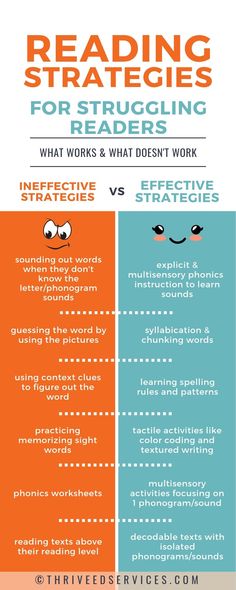 ) The analysis of each strategic decision is based both on the application of the general analytical tools presented in Part I, and on other areas of economic theory, as well as on managerial aspects and motivational factors in the organizational structure. The purpose of Part III is not only to help the company make key decisions, but also to teach them to understand which of these decisions can be made by its competitors, customers, suppliers and potential industry/market participants. nine0005
) The analysis of each strategic decision is based both on the application of the general analytical tools presented in Part I, and on other areas of economic theory, as well as on managerial aspects and motivational factors in the organizational structure. The purpose of Part III is not only to help the company make key decisions, but also to teach them to understand which of these decisions can be made by its competitors, customers, suppliers and potential industry/market participants. nine0005
To analyze the competitive strategy of a particular enterprise, the reader can use the material in the book in several ways. First, the general analytical tools presented in Part I can be applied. Second, the chapters in Part II, which deal with the key parameters of an industry, can provide more specific guidance for formulating enterprise strategy in specific industry conditions. Finally, if an enterprise faces an important intra-industry decision, the reader may refer to the relevant chapter of Part III. If making a specific decision is not necessary, Part III will in most cases be useful in terms of analyzing past decisions, as well as past and current decisions of competitors. nine0005
If making a specific decision is not necessary, Part III will in most cases be useful in terms of analyzing past decisions, as well as past and current decisions of competitors. nine0005
Whatever specific details may be of particular interest to the reader, it will be much more useful for him to understand the system as a whole, that is, the starting point for solving any particular strategic problem. The intention is for the parts of this book to complement and reinforce each other. Sections that seem unimportant in determining a firm's position may be key to understanding competitors. In addition, the general state of affairs in the industry or the strategic decisions that are on the agenda at the moment may change. Reading the entire book may seem difficult, but these efforts will later be rewarded by the speed and clarity of the analysis of the strategic situation and the development of a competitive strategy. nine0005
It quickly becomes clear from the book that a comprehensive analysis of an industry and its competitors requires a large amount of data, which is often very subtle and complex. The purpose of the book is to teach the reader to decide for himself what information is the most important and how to carry out the necessary analysis based on it. Given the practical complexity of the latter, Appendix B provides a systematic approach to conducting industry analysis, sources of information on the ground and in print, as well as recommendations for interviewing. nine0005
The purpose of the book is to teach the reader to decide for himself what information is the most important and how to carry out the necessary analysis based on it. Given the practical complexity of the latter, Appendix B provides a systematic approach to conducting industry analysis, sources of information on the ground and in print, as well as recommendations for interviewing. nine0005
The book is aimed at practitioners , i.e. managers seeking to improve the performance of their businesses, management consultants, management educators, financial analysts, other researchers and business forecasters, and government officials seeking to understand competition for public policy making . The book draws on my research in industrial economics and business strategy, my teaching experience gained at Harvard Business School in the Masters of Business Administration (MBA) and senior management courses. It uses the results of a thorough study of hundreds of industries in all their diversity of structures and levels of development.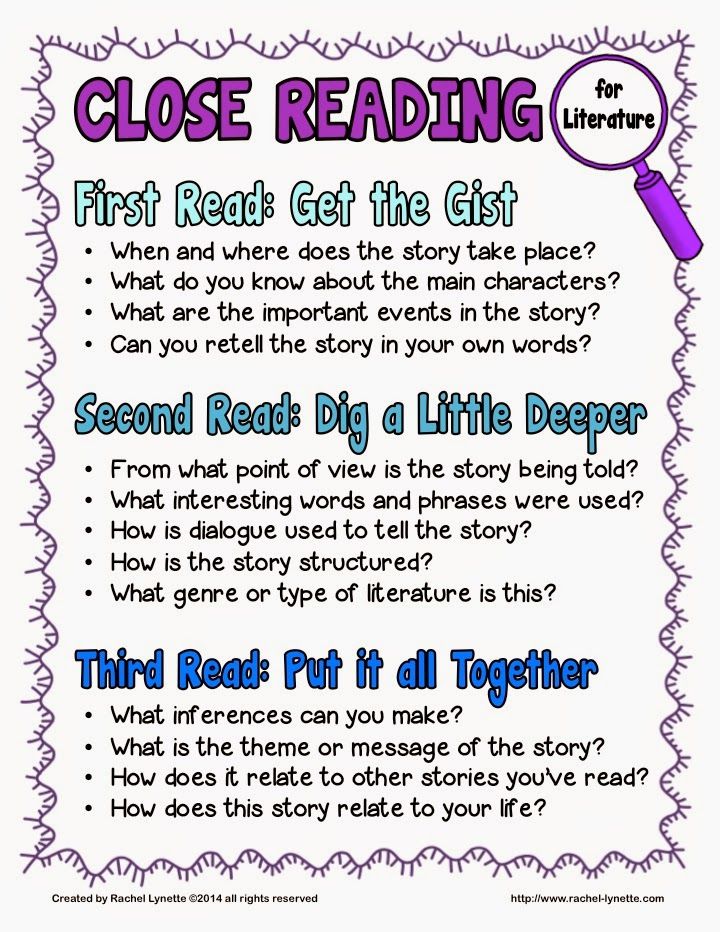 The book is not of the nature of an academic study, however, it is hoped that its conceptual approach, connection with the theory of industrial organization and many specific examples will also be of interest to research scientists. nine0005
The book is not of the nature of an academic study, however, it is hoped that its conceptual approach, connection with the theory of industrial organization and many specific examples will also be of interest to research scientists. nine0005
The classic approach to strategy formulation
Competitive strategy development is essentially about finding a clear statement of how the enterprise will compete, what its goals should be, and what means and actions will be needed to achieve these goals. This section presents the classic [8] approach to strategy formulation that has become the industry standard and provides the reader with a common starting point before delving into the details of the analysis methodology discussed in the book. Figures 1 and 2 illustrate this classic approach. nine0005
Figure 1 presents the competitive strategy as a combination of the goals (outcomes) pursued by the firm and the means (methods) by which it intends to achieve them.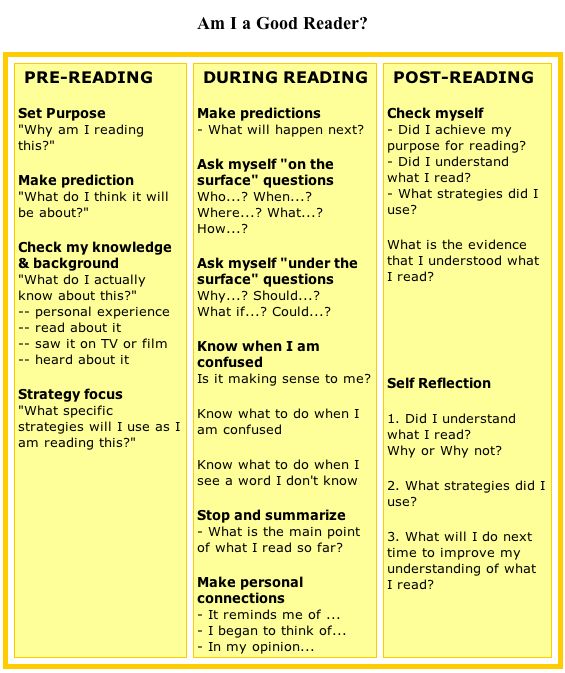 Different firms use different terminology to refer to some of these concepts. For example, some companies use terms like "mission" or "objective" instead of "goal", others talk about "tactics" instead of "current operations" or "operations". However, in essence, the idea of a strategy is expressed in the distinction between goals and means. nine0005
Different firms use different terminology to refer to some of these concepts. For example, some companies use terms like "mission" or "objective" instead of "goal", others talk about "tactics" instead of "current operations" or "operations". However, in essence, the idea of a strategy is expressed in the distinction between goals and means. nine0005
Figure 1, which might be called the "Competitive Strategy Wheel", serves as the most concise display of key aspects of a firm's competitive strategy. The axis of the wheel is the goals of the firm, that is, the general definition of its competitive intentions and specific economic and non-economic objectives. The spokes of the wheel are the key areas of the company's business policy, with the help of which it seeks to realize its goals. Under each item of the scheme, a brief definition of the key points of the business policy should be formulated in accordance with the scope of production and activities of the company. Depending on the nature of the business, the wording of key business policies may be more or less specific; once formulated, they constitute a concept of strategy that can be used as a guide to all behavior of the firm.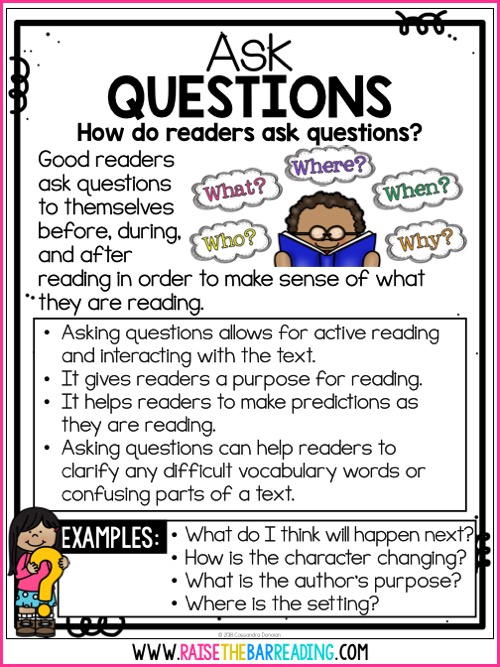 As in a wheel, the spokes (methods) must emanate from the center (targets) and be connected to each other, otherwise the wheel will not roll. nine0005
As in a wheel, the spokes (methods) must emanate from the center (targets) and be connected to each other, otherwise the wheel will not roll. nine0005
Figure 2 illustrates the fact that, in general, formulating a competitive strategy involves considering four key factors that define the limits of a successful company. The advantages and weaknesses of the company lie in the structure of its assets and competencies compared to competitors, including financial resources, technological state, brand recognition, etc. The individual values of the organization represent the motivations and requests of top managers and other employees, on which is the task of implementing the chosen strategy. Strengths and weaknesses, combined with individual values, determine the internal (in relation to the company) restrictions imposed on the ability to choose a successfully implemented strategy. nine0005
A company's external constraints are determined by its industry and wider environment.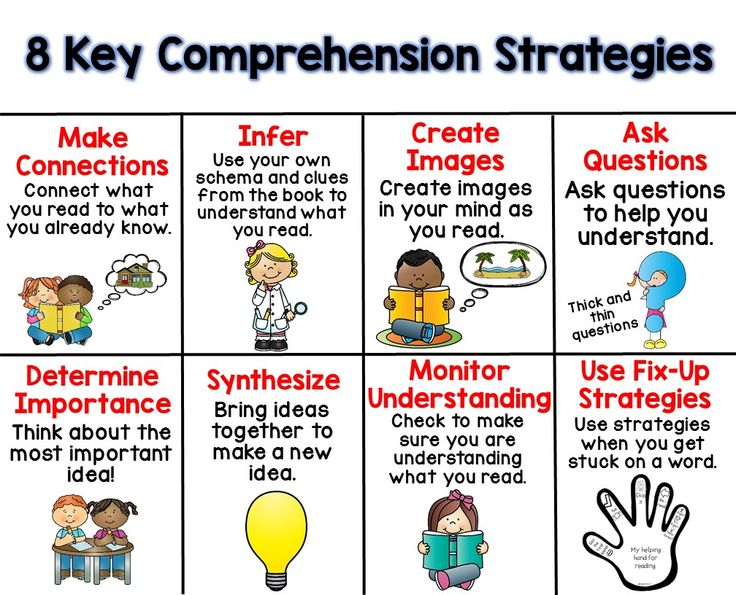 The opportunities and threats that exist in an industry characterize the competitive environment, its inherent risks and potential benefits. Social expectations reflect the impact on the company of such factors as government policy, social relations, public mores, and more. These four elements must be taken into account when developing a realistic and easily achievable set of goals and means. nine0005
The opportunities and threats that exist in an industry characterize the competitive environment, its inherent risks and potential benefits. Social expectations reflect the impact on the company of such factors as government policy, social relations, public mores, and more. These four elements must be taken into account when developing a realistic and easily achievable set of goals and means. nine0005
The adequacy of a competitive strategy can be determined by testing the proposed goals and means for consistency.
Consistency tests
[9]Internal consistency
Are the goals mutually achievable?
Are key operations directed towards achieving goals?
Do key business practices reinforce each other?
Compliance with the external environment
Are the goals and means aimed at using the opportunities available in the industry? nine0005
Do the ends and means take into account the threats that exist in the industry (including the risk of a competitive response), to the extent that available resources allow?
Does the temporal order of ends and means reflect the capacity of the external environment to absorb corresponding actions?
To what extent do ends and means respond to broader social problems?
Matching resources
Do the goals and means match the resources available to the company compared to competitors? nine0005
Does the timing of goals and means reflect the organization's ability to change?
Communication and implementation
Do key players have a good understanding of the goals?
Is there sufficient alignment of goals and means with the values of key performers, which is necessary to ensure their involvement in the work?
Is there sufficient management capacity for effective implementation?
These general considerations for effective competitive strategy can be translated into a generalized approach to strategy formulation.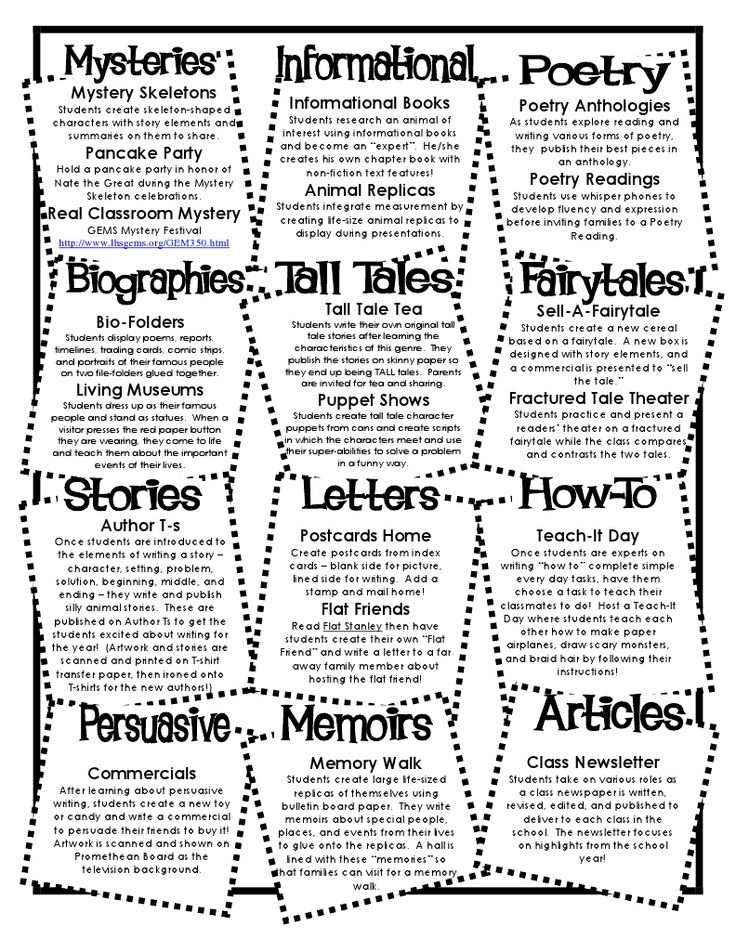 The sample list of questions below demonstrates this approach to developing an optimal competitive strategy. nine0005
The sample list of questions below demonstrates this approach to developing an optimal competitive strategy. nine0005
Competitive strategy formulation process
A. What is the company currently doing?
1. Identification
What is the overt or covert current strategy?
2. Implied Propositions [10]
What propositions about a company's comparative position, strengths and weaknesses, competitors, and industry trends must be made to make sense of the current strategy?
B. What happens in the external environment? nine0005
1. Industry Analysis
What are the key competitive success factors and significant industry opportunities and threats?
2. Competitor Analysis
What are the opportunities and limitations of current and potential competitors, and their likely future actions?
3. Analysis of social factors
What significant economic, social and political factors will present opportunities or threats?
4. Advantages and weaknesses
Advantages and weaknesses
Based on this industry and competitor analysis, what are the strengths and weaknesses of compared to current and future competitors?
Q. What should a business do?
1. Testing adopted provisions and strategy
How do the provisions embodied in the current strategy compare with the analysis done above (point B)? To what extent does the strategy meet consistency tests?
2. Strategic alternatives
Based on the above analysis, what are the feasible policy options? (Is the current strategy one of them?)
3. Strategic choice
Which of the alternative strategies best matches the company's position, depending on external opportunities and threats?
Although the process shown in the above list seems intuitive, deep and comprehensive analysis is needed to answer these questions. That is precisely the purpose of this book. nine0005
I. General Analytical Techniques
Part I lays down the analytical foundation for developing a competitive strategy based on an analysis of industry structure and competitors.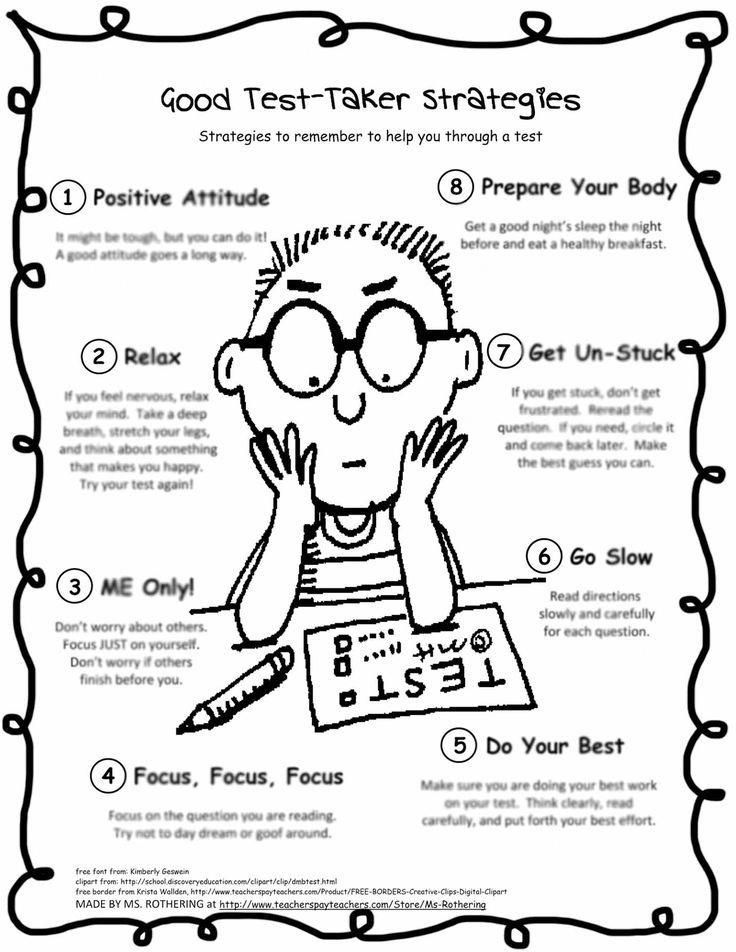 Chapter 1 introduces the concept of structural analysis as a methodology for examining the five fundamental competitive forces operating in an industry. This technique is the starting point for a significant part of the subsequent content of the book. Chapter 2 uses structural analysis in its broadest terms to identify three specific competitive strategies that could be viable for many years to come. nine0005
Chapter 1 introduces the concept of structural analysis as a methodology for examining the five fundamental competitive forces operating in an industry. This technique is the starting point for a significant part of the subsequent content of the book. Chapter 2 uses structural analysis in its broadest terms to identify three specific competitive strategies that could be viable for many years to come. nine0005
Chapters 3, 4, and 5 cover another key aspect of formulating a competitive strategy: competitor analysis. Chapter 3 presents a competitor analysis technique that allows you to identify the possible actions of competitors and their ability to respond. The chapter provides a detailed list of questions to help the analyst evaluate a particular competitor. Chapter 4 shows how to use different types of market signals as a result of company behavior to further analyze competitors and form the basis for making strategic decisions. Chapter 5 outlines the elementary foundations for implementing, influencing, and responding to competitive actions.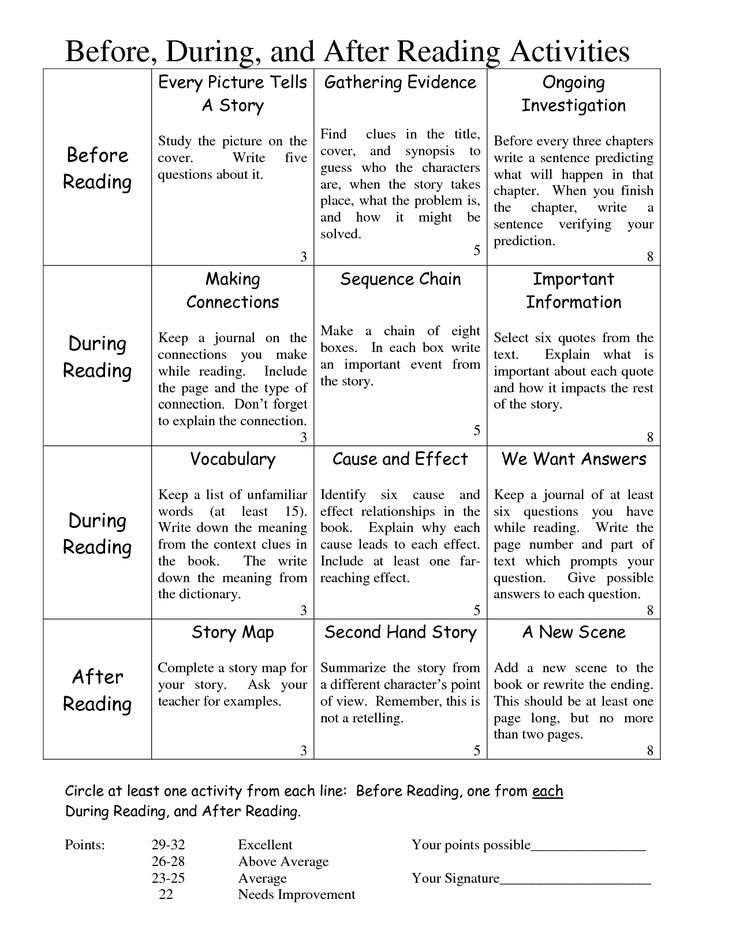 Chapter 6 develops the concept of structural analysis for developing a strategy in relation to buyers and suppliers. nine0005
Chapter 6 develops the concept of structural analysis for developing a strategy in relation to buyers and suppliers. nine0005
The two final chapters of Part I bring together industry and competitor analysis. Chapter 7 shows how to analyze competition within an industry based on the concept of strategic groups and the principle of barriers to mobility that prevent a change in strategic position. Chapter 8 concludes the discussion of general analytical methods by presenting ways to predict the development of an industry and some of the consequences of this development in terms of competitive strategy.
1. Structural analysis of industries
The essence of formulating a competitive strategy is to compare the company and its environment. Although the relevant environment is broad and encompasses both economic and social forces, the key element of a firm's external environment is the industry or industries in which it competes. The structure of the industry largely determines the competitive rules of the game, as well as the strategy options developed for the firm.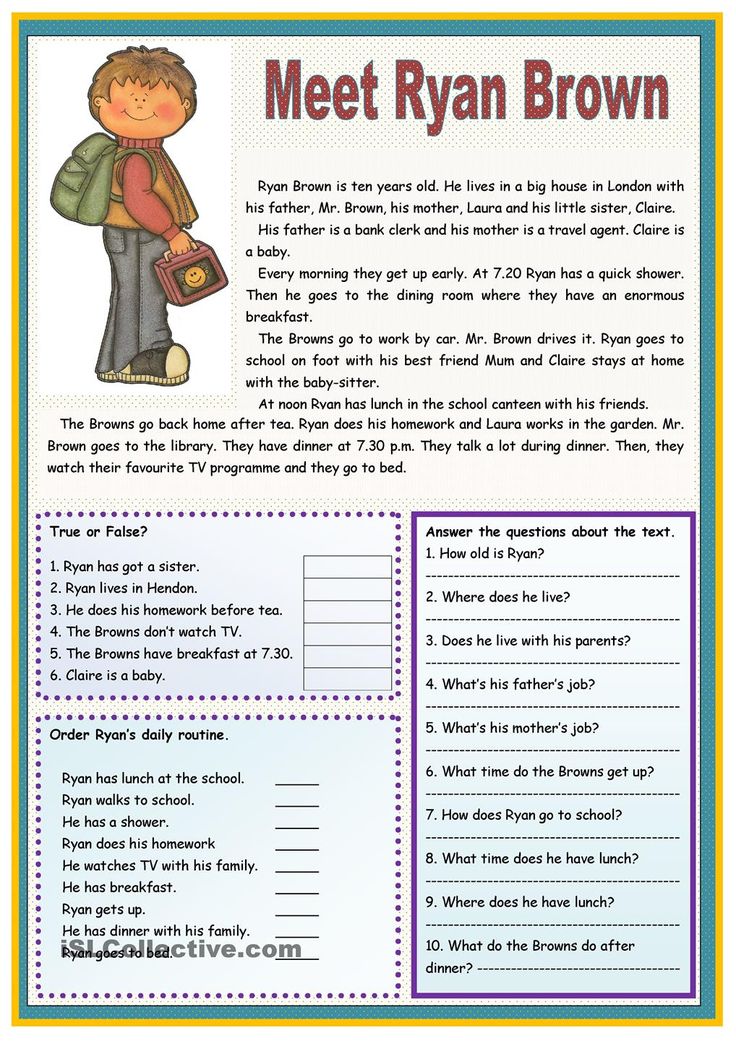 Forces outside the industry play a largely relative role; Since external factors tend to affect all firms in an industry, the key to the problem lies in the varying ability of firms to deal with these forces. nine0005
Forces outside the industry play a largely relative role; Since external factors tend to affect all firms in an industry, the key to the problem lies in the varying ability of firms to deal with these forces. nine0005
The intensity of competition in an industry is neither an accident nor bad luck. On the contrary, competition in an industry emerges from its underlying economic structure and extends far beyond the behavior of existing competitors. The state of competition in the industry depends on the five main competitive forces presented in Fig. 1.1. The combined effect of these forces determines the industry's ultimate profitability potential, measured as a long-term return on investment. Not all industries have the same potential. A significant difference in the initial potential for profitability is observed in them insofar as the industries are initially different in the cumulative impact of these forces. This impact can be intense, for example, in industries such as car tires, paper, iron and steel, where firms do not make impressive profits, and relatively moderate in industries such as oil production equipment, cosmetics and toiletries, services where high profits are common.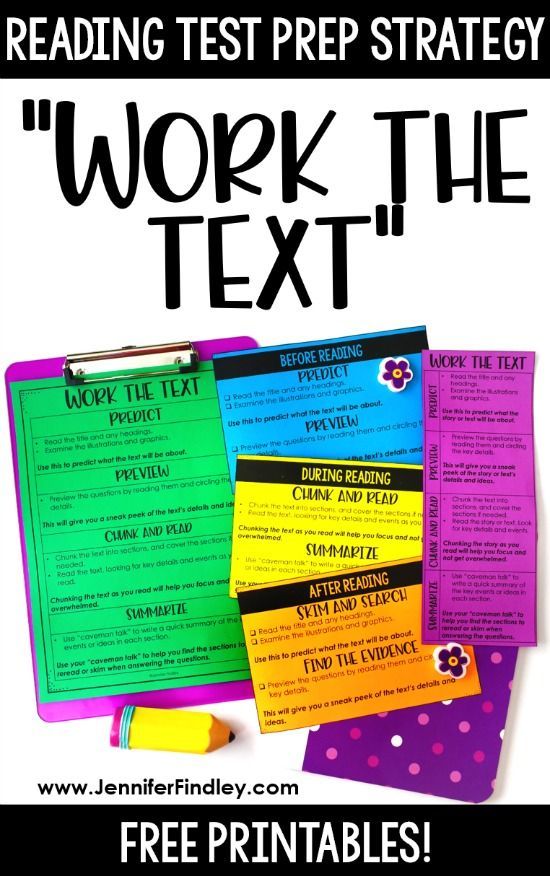 nine0005
nine0005
This chapter is devoted to identifying the key structural characteristics of industries that affect the intensity of the impact of competitive forces and, consequently, industry profitability. The task of any business unit's competitive strategy is to find a position in the industry that will allow it to best defend itself against these competitive forces or influence them to its advantage. Since the cumulative effect of forces can be painful for all competitors, the key to developing a strategy is to delve into the essence of the phenomena that give rise to competitive forces and analyze the origins of each of them. Knowing these key entry points to competitive pressures provides insight into a company's critical strengths and weaknesses, stimulates industry positioning, points to areas where strategic change can bring the greatest gains, and where industry trends can most forcefully manifest themselves as opportunities or threats. Although this is primarily about strategy in individual industries, an understanding of these origins will certainly also be useful when considering diversification issues.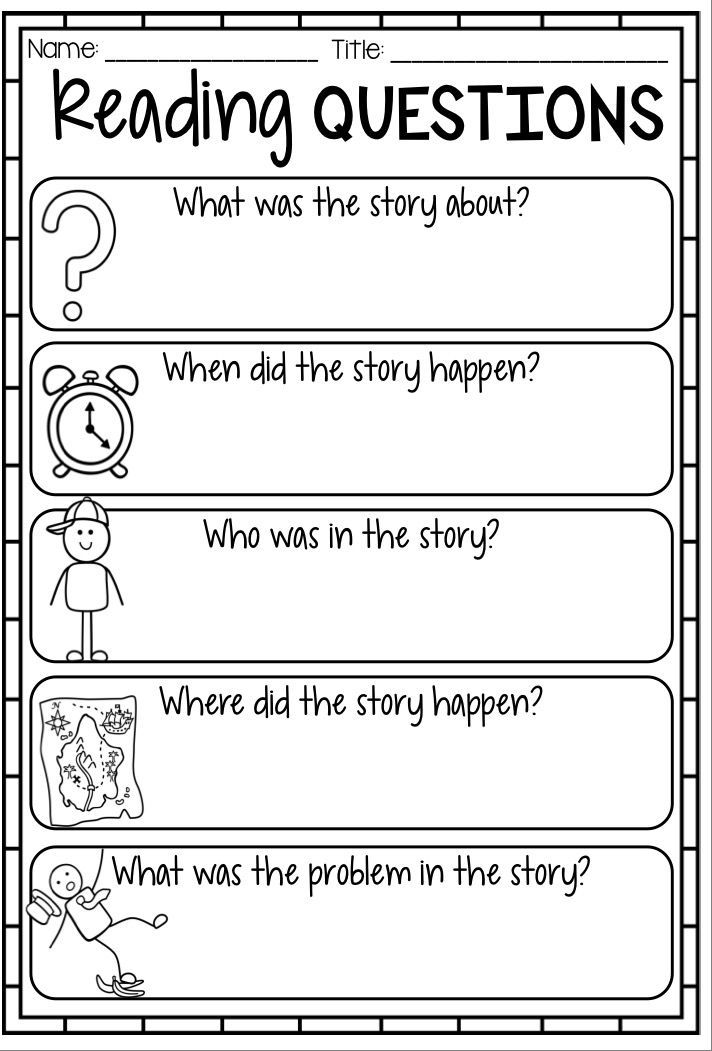 Structural analysis provides the fundamental basis not only for formulating competitive strategy, but also for most of the concepts presented in this book. nine0005
Structural analysis provides the fundamental basis not only for formulating competitive strategy, but also for most of the concepts presented in this book. nine0005
To avoid unnecessary repetition, industry products will be referred to as "product" rather than "product or service" because the principles of structural analysis presented apply equally to enterprises that produce products and services. Structural analysis can also be used to diagnose industry competition in any country or international market, although some institutional conditions may differ [11] .
Structural factors that determine the intensity of competition
As a working definition of an industry, we will assume that this is a group of companies that produce products that are close substitutes. In practice, the definition of an industry often causes significant controversy related to the question of the degree of substitution in terms of product, process, or geographical boundaries of the market. By introducing the fundamental methodology of structural analysis, we will be able to consider these issues comprehensively, so to begin with, we will assume that the boundaries of the industry have already been determined. nine0005
By introducing the fundamental methodology of structural analysis, we will be able to consider these issues comprehensively, so to begin with, we will assume that the boundaries of the industry have already been determined. nine0005
Competition in an industry constantly tends to reduce the rate of return on invested capital to the minimum competitive level, that is, the level corresponding to the conditions defined in economic theory as the conditions of "perfect competition". This competitive low, or "free market" return, approximates the return on long-term government securities, adjusted upward for the risk of capital loss. Investors will not tolerate returns below this level for an extended period because they have alternative investment opportunities in other industries, and companies that consistently fall short of this level will eventually go out of business. The existence of a rate of return above the adjusted free market provides an incentive for capital to flow into an industry, either through the entry of new entrants or through additional investment by incumbent competitors. The intensity of competitive forces in an industry determines the intensity of capital inflows and causes profits to decline to free market levels, thus stimulating the ability of companies to maintain above-average profit margins. nine0005
The intensity of competitive forces in an industry determines the intensity of capital inflows and causes profits to decline to free market levels, thus stimulating the ability of companies to maintain above-average profit margins. nine0005
The five competitive forces—threat of entry, threat of substitutes, market power of buyers, market power of suppliers, and rivalry among incumbents—reflect the fact that competition in an industry goes far beyond incumbents. Consumers, suppliers, substitutes, potential participants are all "competitors" for companies in the industry, which can be more or less powerful depending on specific circumstances. Competition in this broad sense can be defined as extended rivalry .
All five competitive forces together determine the intensity of industry competition and profitability, with the most powerful force or forces becoming decisive in terms of strategy formulation. For example, even a company with a strong market position in an industry where there is no threat of new competitors will earn low profits if it is faced with a better and cheaper substitute.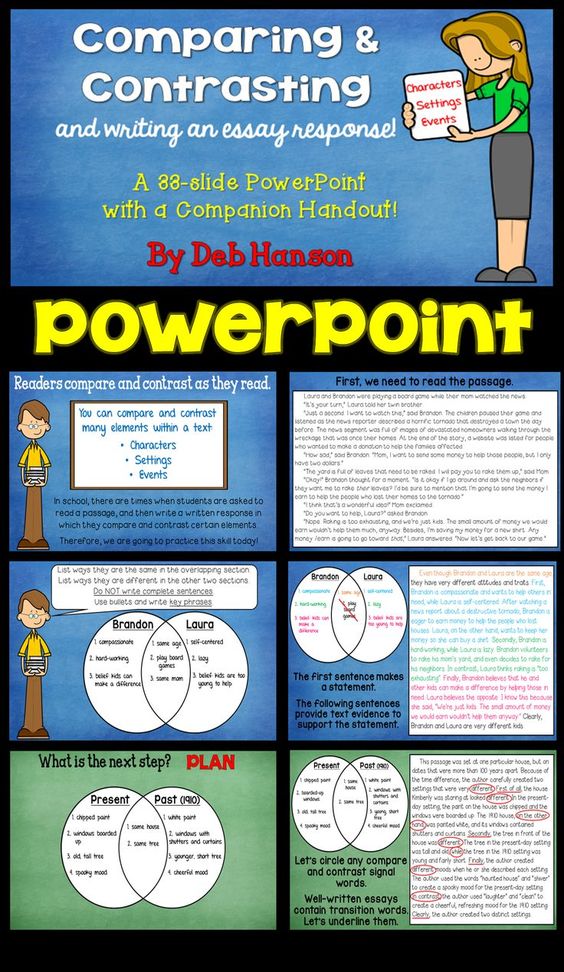 Even in the absence of substitutes and blocking the entry of additional participants into the industry, intense rivalry between existing competitors limits potential profits. An extreme case of the intensity of competition is the ideal model of perfect competition created by economists, in which there are no entry barriers, operating companies do not have market power in relation to suppliers and consumers, and nothing restrains rivalry in conditions of equality of numerous participants and products. nine0005
Even in the absence of substitutes and blocking the entry of additional participants into the industry, intense rivalry between existing competitors limits potential profits. An extreme case of the intensity of competition is the ideal model of perfect competition created by economists, in which there are no entry barriers, operating companies do not have market power in relation to suppliers and consumers, and nothing restrains rivalry in conditions of equality of numerous participants and products. nine0005
Of course, in each industry, different forces dominate in the formation of the specific nature of competition. For the bulk tanker part of the shipbuilding industry, buyers (leading oil companies) are likely to be the key factor, in the tire industry, OEM buyers coupled with fierce competition. In the steel industry, foreign competitors and substitute materials are key forces.
The underlying structure of an industry that determines competitive forces must be distinguished from the many short-term factors that can temporarily affect competition and profitability.